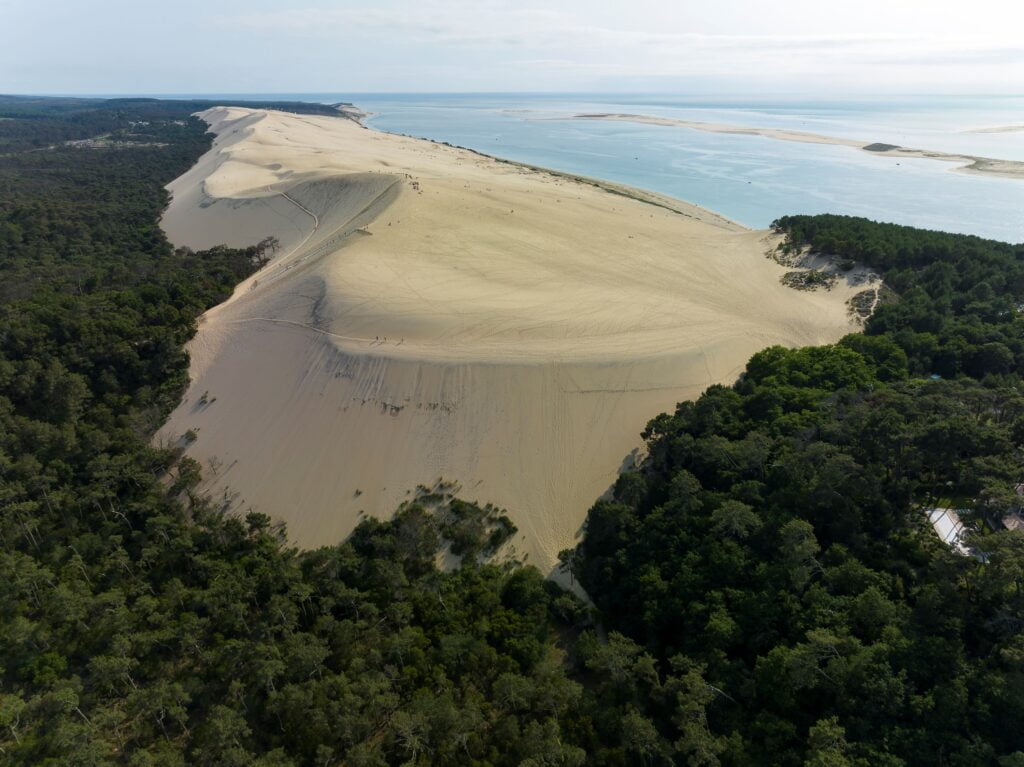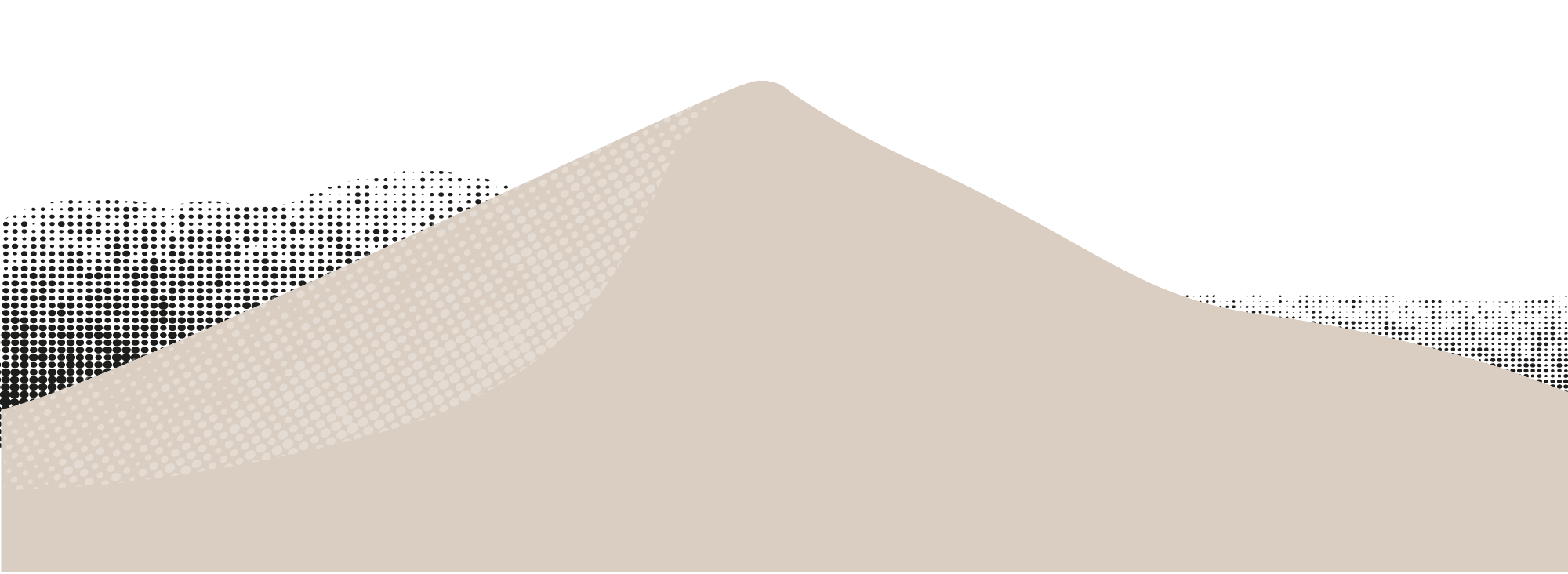The summit of the Dune du Pilat now culminates at 103.6 meters, i.e. 1.2 meters higher than the height recorded in 2022. Indeed, the highest dune in Europe evolves over the years, months, and even days! And gains, or loses, a few grains of sand depending on the year.
A summit and grains of sand in motion
103.6 meters… meters. Such is the height of the highest point of the Dune du Pilat, recorded on May 12 by the team from the Observatoire de la côte de Nouvelle-Aquitaine during the annual monitoring of the site.
How do the experts from the Observatoire de la côte de Nouvelle-Aquitaine carry out their measurements?
For a whole day, three agents from the Observatory survey this exceptional natural monument (2.9 km long and 616 m wide) and thus cover the equivalent of 7 times the ascent of the highest dune in Europe in order to study its evolution over the years.
These topographical studies and photo interpretations have been carried out every year since 2009. The goal: to understand the changes in the morphology and measurements of the Dune. Two main phenomena shape it over time:
– the phenomenon of erosion / accretion: active at the level of the coastline (ie the junction space between the land and the sea);
– the phenomenon known as dune advance or migration (the Dune moves towards the forest): displacement mainly caused by the action of the prevailing winds (West) which carry millions of grains of sand inland every day .
A rather mild winter season compared to previous years
Last year, the Dune du Pilat peaked at 102.4 meters, the lowest altitude measured since 2009. A year later, it won 1.2 meters at its top, located on the central part of the site. With a height of 103.6m, the altitude exceeds the heights measured in 2020 and 2022 but remains lower than the other annual measurements carried out since 2009. There is a loss of altitude of 5.5 m between 2009 and 2022. As a reminder, the maximum altitude reached by the Dune was 110.5m in 2017.
Note that thehe crest of the Dune is not the general witness of the evolution of the dune. The crest is very mobile and can move quickly (forward or backward) depending on the wind, without however directly testifying to the advance of the whole building towards the forest. Likewise, the maximum altitude of the Dune can vary rapidly from day to day.
Very mobile by nature, the Dune du Pilat continues its evolution towards the east. The regular monitoring carried out by the Observatory of the coast of Nouvelle-Aquitaine makes it possible to better characterize these movements, in a sector where the stakes are numerous.
Find out more on the website of theNew Aquitaine Coast Observatory










